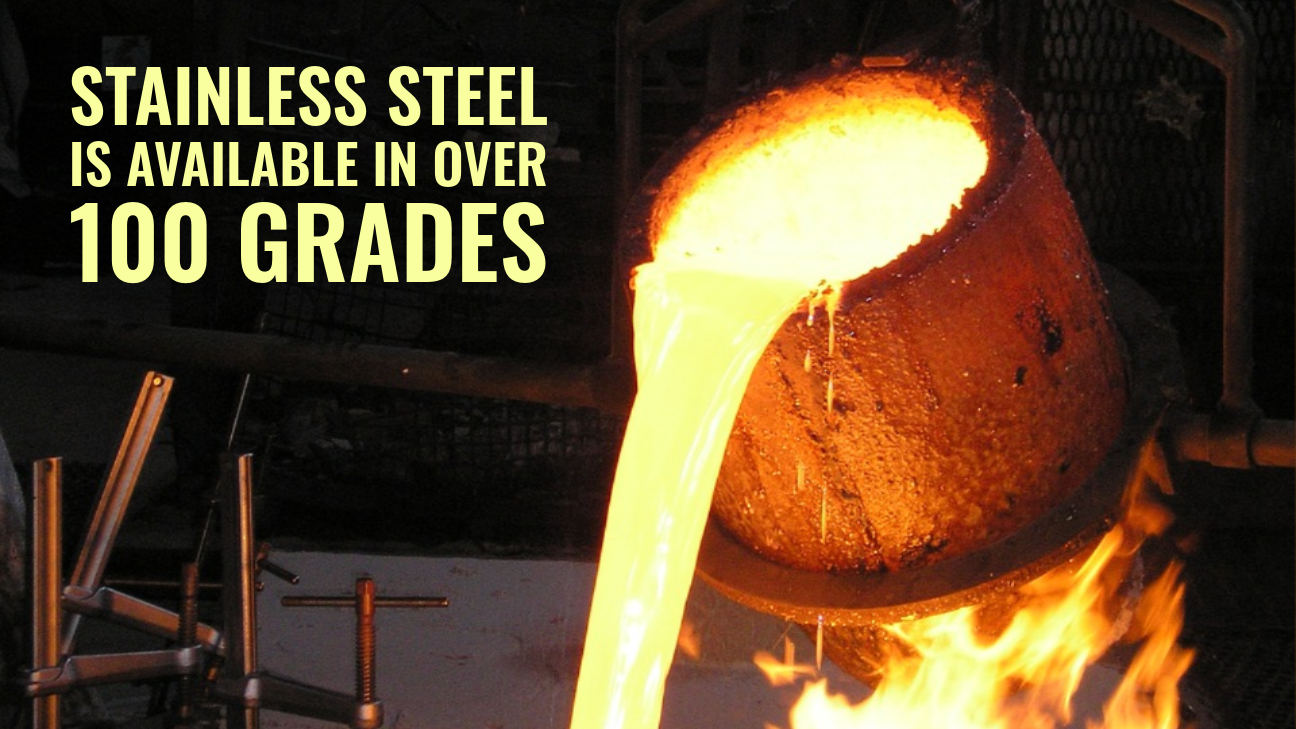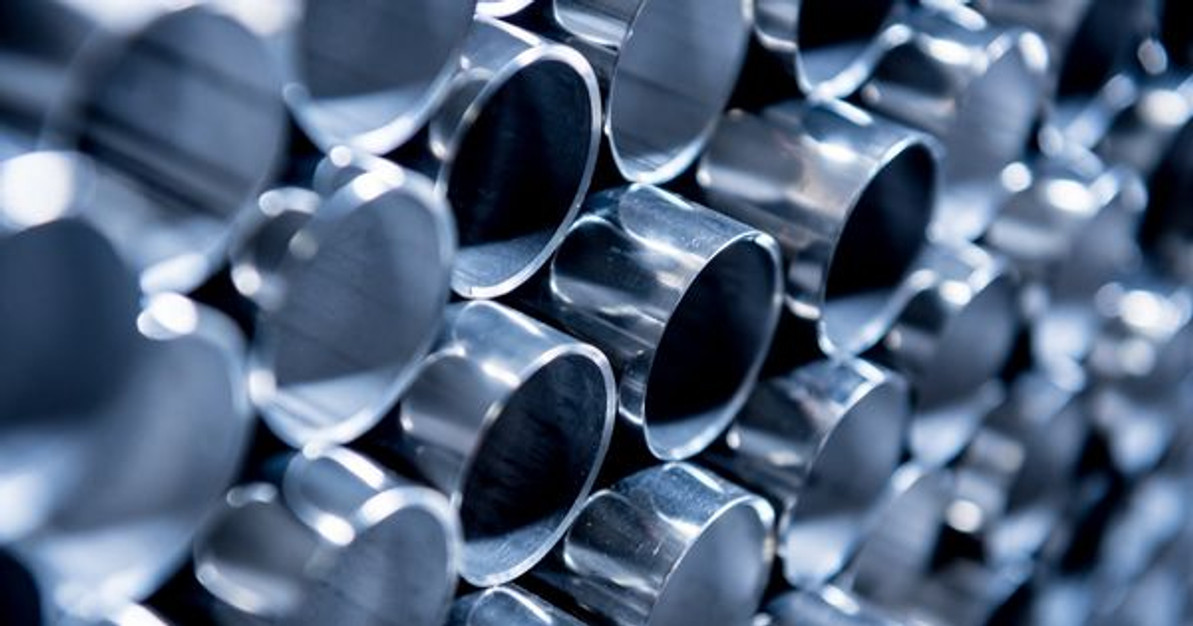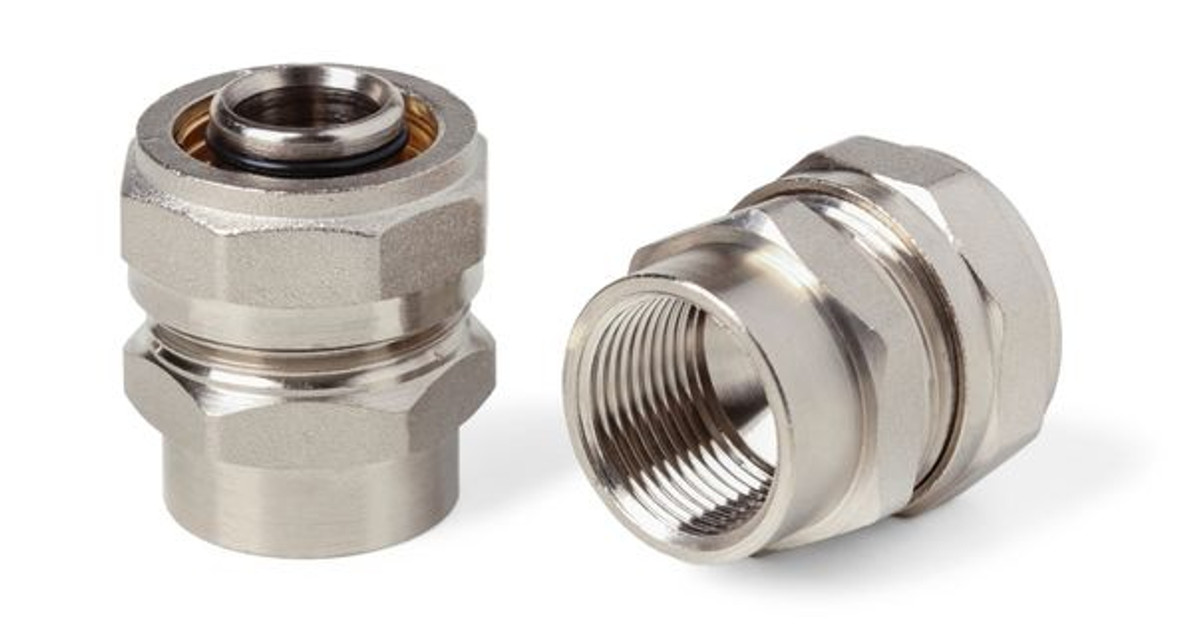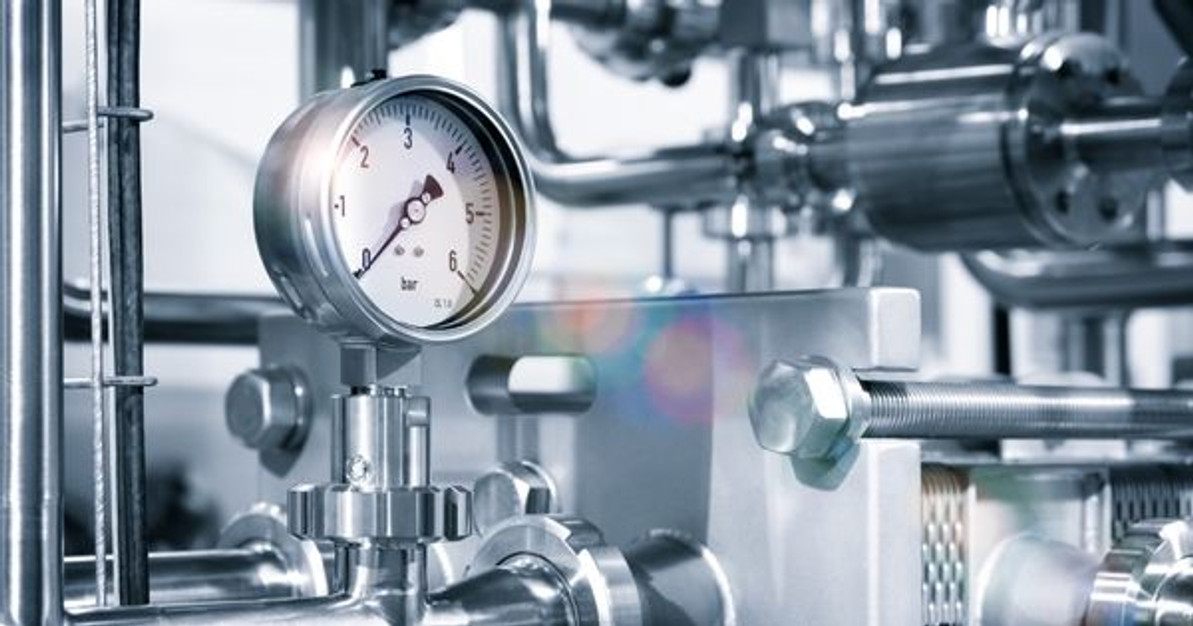 Dec 4th 2019
Dec 4th 2019How to Properly Use Sanitary Clamps

If you’re unfamiliar with sanitary clamps, it’s possible that you could experience issues with your system that you’re uncertain about how to rectify. This article aims to solve some of the most common issues by instructing you on the proper installation of clamps.
Sanitary clamps are primarily used in manufacturing to keep systems clean. A majority of sanitary clamps are made from stainless steel, which is available in more than 100 grades. Stainless steel 304 is the most commonly found grade. However, clamps can be found in grades spanning five different groups; duplex, ferritic, austenitic, martensitic, and precipitation-hardening. If you need assistance selecting your sanitary clamps, speak with your manufacturer about what they would recommend.
Setting Up Your System
When creating a system connection, eliminating mistakes is key to ensuring that the process isn’t jeopardized. If any drops are allowed to escape via a mismatched relationship between sanitary valves hygiene could be compromised as air and bacteria could have entered through the gap. Ensuring that you have proper sanitary clamps in place is vital to preventing this issue and keeping your products safe and uncompromised.
Inspecting Your System
The first step in troubleshooting system issues is to look for any gasket residue that could prevent the tri-clamp sanitary ferrule from connecting evenly. You should also take the time to inspect the surface for any scratches or imperfections. While valves are usually manufactured for smoothness, scratches could occur due to damage from screwdrivers, wrenches, or any other tools that might have been used in the installation process.
You will also want to check for tears or cracks that extend from the gasket and whether the gasket itself has become dislodged. If you find that the gasket is brittle, you will want to look into replacing it. Electric gaskets should be firm to the touch; however, they should also be pliable.
Inspection of these areas should be conducted regularly to prevent issues and contaminations. Even if you’re not currently experiencing issues, keeping up on these areas will help you stay informed so that you don’t risk ruining your product.
Installation
If you’ve ensured that all the valves are connected correctly, you can now proceed to install the clamps. Make sure that the ferrules are correctly aligned and position the gasket between them. Once the gasket is properly fitted into place, connect the faces together and tighten the clamp to secure them. To do this squeeze the flanges while pushing the ferrules in. This helps create a secure seal and ensure that both ends are aligned correctly.
Checking the Installation
After the installation, it’s prudent to check to see if there are any errors. Check the valves and fittings to ensure neither is under of over tightened. If fittings are too tight, the pressure could cause the gasket to intrude into the pipe causing issues and damage. If the gaskets are tightened correctly there should still be space in between the jaws.
That being said, too much space can cause issues on its own. While it may not cause drips, it could create hard to clean areas that could cause unhygienic buildup in the future. Going forward, be sure to regularly inspect the gaskets, ferrules, and sanitary clamps to make sure everything is where it should be. Overtime components could move due to vibrations from use, so keeping an eye on everything is crucial.
When it comes to preventing contamination, ensuring the proper fitting of valves and the application of sanitary clips is essential. Once everything is in place, you should take care to maintain regular inspections to ensure that everything stays in place and nothing is at risk of becoming compromised. If you’re uncertain at any time, don’t hesitate to reach out to a technician and have them come out to inspect your system.
 Dec 4th 2019
Dec 4th 2019Recent Posts
-
Nov 7th 2022
What Is Food-Grade Stainless Steel Tubing?
Businesses that produce food and beverage products must operate hygienically. Sterile environments a …Nov 7th 2022
-
Oct 11th 2022
Why Sanitary Fittings Are Important for the Medical Industry
Sanitary fittings are useful for many industries. Food and beverage manufacturers have used these to …Oct 11th 2022
-
Sep 23rd 2022
What Is the Max Operating Temperature for Stainless Steel?
Stainless steel is valued in many industrial applications because it’s capable of withstanding high …Sep 23rd 2022



